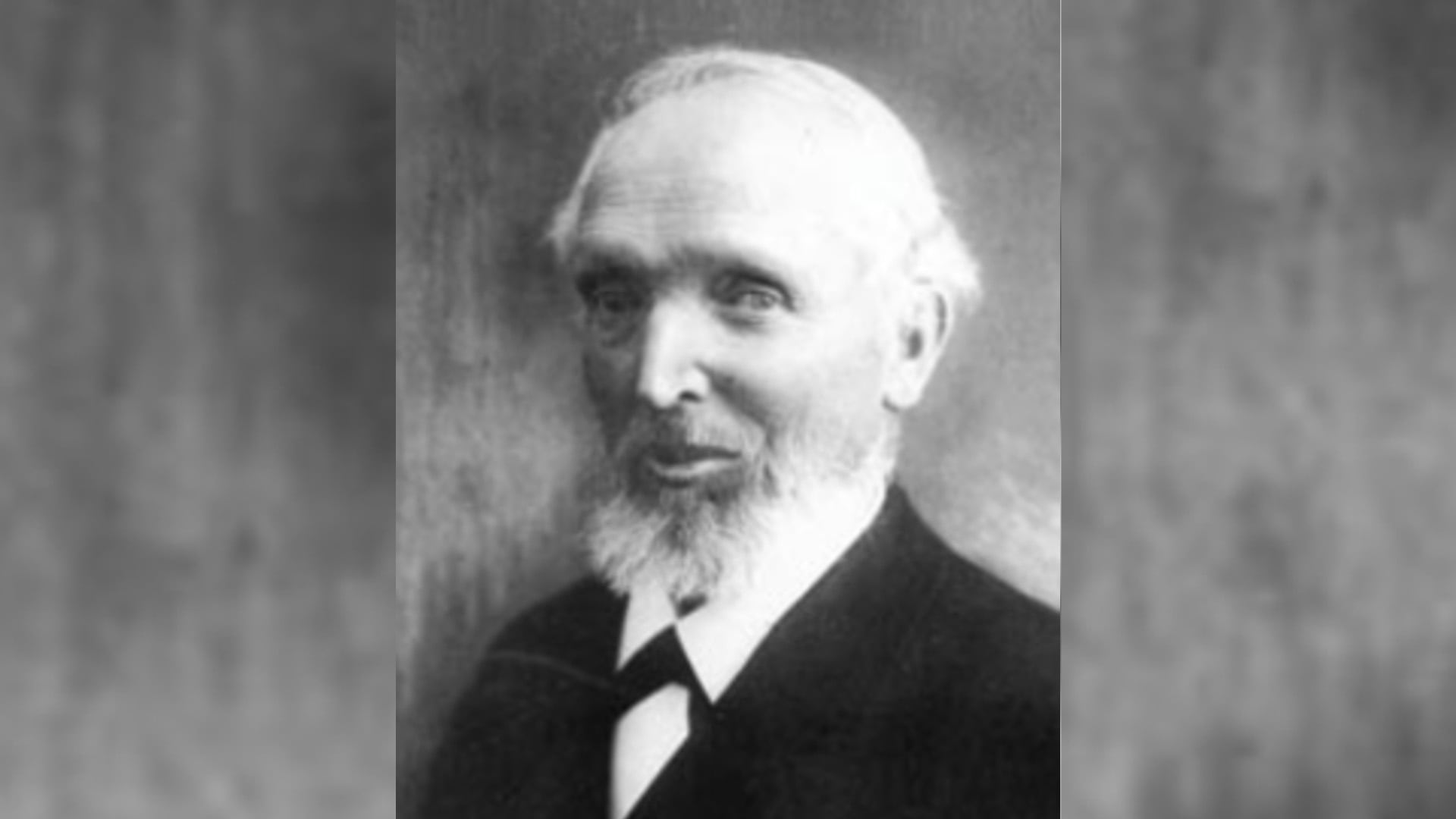
A torn pair of trousers led Jakob Erzberger, the first ordained European Seventh-day Adventist pastor, to the church. But let’s start at the beginning of his story.
Jakob Heinrich Erzberger was born on March 23, 1843, in Seltisberg near Liestal in Switzerland. Young Jakob and his three brothers grew up in poverty following the early death of their father. This, however, did not prevent his mother, Anna Erzberger, from exerting a godly influence on her children, and young Jakob made a commitment to God’s work from an early age. Being Evangelical Reformed, after his confirmation at the age of 16 Jakob went to work as a porter at the cantonal hospital in Liestal.
Later, at 21 years of age, Erzberger entered the evangelical St. Chrischona seminary near Basel. While at the seminary, Erzberger often doubted his vocation because he did not consider his heart pure. Despite his doubts and personal struggles, he was able to grow and mature spiritually.
Meeting Adventists
While on a preaching tour for his seminary in 1867, Erzberger met a group of Adventists led by Michael Belina Czechowski. How did Erzberger meet this group? Near Tramelan, Erzberger discovered that his only pair of trousers was torn. The tailor he found to repair his trousers introduced him to the Adventists and gave him a Bible study on the end of the world, the imminent return of Jesus, and the validity of the Sabbath commandment.
The very next year he was baptized and decided to minister to the small group of Adventists in Tramelan. The group thought they were alone in the world in their beliefs until Albert Vuilleumier read a copy of Czechowski’s Advent Review and Sabbath Herald and discovered that an established Seventh-day Adventist Church already existed in North America.
They promptly sent Erzberger to Battle Creek, Michigan, in the United States, in 1869, to establish contact with the Adventist Church. Erzberger became the first official overseas delegate to a General Conference session. He was welcomed into the home of James and Ellen White. In 1870 Erzberger was ordained and commissioned to return to Europe to help with the small growing group of Adventists.
Back to Europe
In the decades that followed, Erzberger was instrumental in establishing Adventism in Switzerland and Germany. In the winter of 1872-1873 Erzberger held evangelistic meetings in La Chaux-de-Fonds and Le Locle, Switzerland. In La Chaux-de-Fonds the auditorium was so full that many listeners had to stand. In the end Erzberger baptized several people and started a church in Le Locle with 18 members.
When John N. Andrews, the first official Adventist missionary, went to Switzerland in 1874, Erzberger assisted him, traveling to Elberfeld, Wuppertal, Germany, in 1875, where they met a group of Sabbathkeeping Baptists. They were similar to the Adventists in believing and practicing the Sabbath. Andrews was not fluent in German, so he preached in English while Erzberger translated for him. While Andrews returned to Switzerland, Erzberger remained in Germany and continued holding lectures in Hilden and Solingen (1875), as well as in Langenberg (a district of Velbert today) in 1876. The group formed there became the first official Adventist church in Germany.
In the next months Andrews was called on by Erzberger for assistance in Germany. The duo visited Solingen, where a congregation of 16 members had been established by Erzberger. It is important to note that Erzberger also produced the first German Adventist tracts (probably printed in Solingen, Germany), which the young church distributed.
Discouragement and Back to Mission
After eight arduous years of labor, Erzberger succumbed to discouragement. Church members accused him of pride, and unable to bear this accusation, he left the mission call. Between 1878 and 1883, there was a pause in the mission and ministry of Erzberger. It was during this time that Erzberger got married to Marie Yersin (in 1882). The couple had two sons: Heinrich (born in 1884) and Jakob (born in 1886).
Erzberger returned to mission sometime later, possibly because of the untimely death of John N. Andrews in 1883, which left the Adventist mission in Europe without a leader. When Ludwig Conradi arrived in Europe in 1886, Erzberger assisted him with the first evangelistic efforts at Lausanne and Basel, Switzerland. When Conradi moved to Germany, Erzberger was left as the only Adventist preacher to care for all the German-speaking churches in Switzerland for several years.
After some years, Erzberger’s eyesight began to fail. Still, he did not let that deter his passion for the Advent movement. He continued visiting and encouraging churches. Eventually, however, in 1920 Erzberger was worn out by sickness. He was taken care of by his second wife, Marie Pauline Kaufmann (19 years his junior), from Lahr, Germany, whom he married in 1905. While living in Basel, Jakob H. Erzberger died on July 13, 1920, bringing the efforts of an Adventist giant, one of the founding fathers of European Adventism, to rest.
In a memoriam, Ludwig Richard Conradi, another pioneer of the Adventist movement in Europe, praised Erzberger as a humble soul seeker. According to Conradi, Erzberger, though a senior worker, “was always willing to work under a younger man. He did not seek his own; he was no position seeker. . . . Leading people to Jesus was for him the most important holy work.”* Ultimately, Erzberger’s legacy did not die with him. It lived on and grew through his two sons, Heinrich and Jakob, who inherited the mission and ministry legacy of their father. Heinrich Erzberger was a missionary to the Middle East (Syria, Turkey) and Bulgaria, while Jakob Erzberger (junior) worked in the Adventist Sanitarium in Gland, Switzerland.
* Daniel Heinz, “Jakob Erzberger: The Forgotten Pioneer,” Adventist World, May 2010, p. 25.